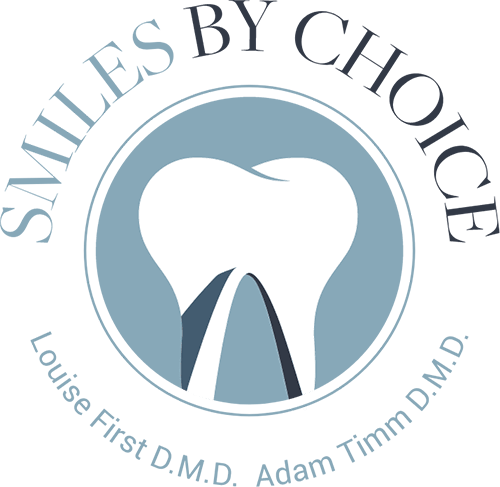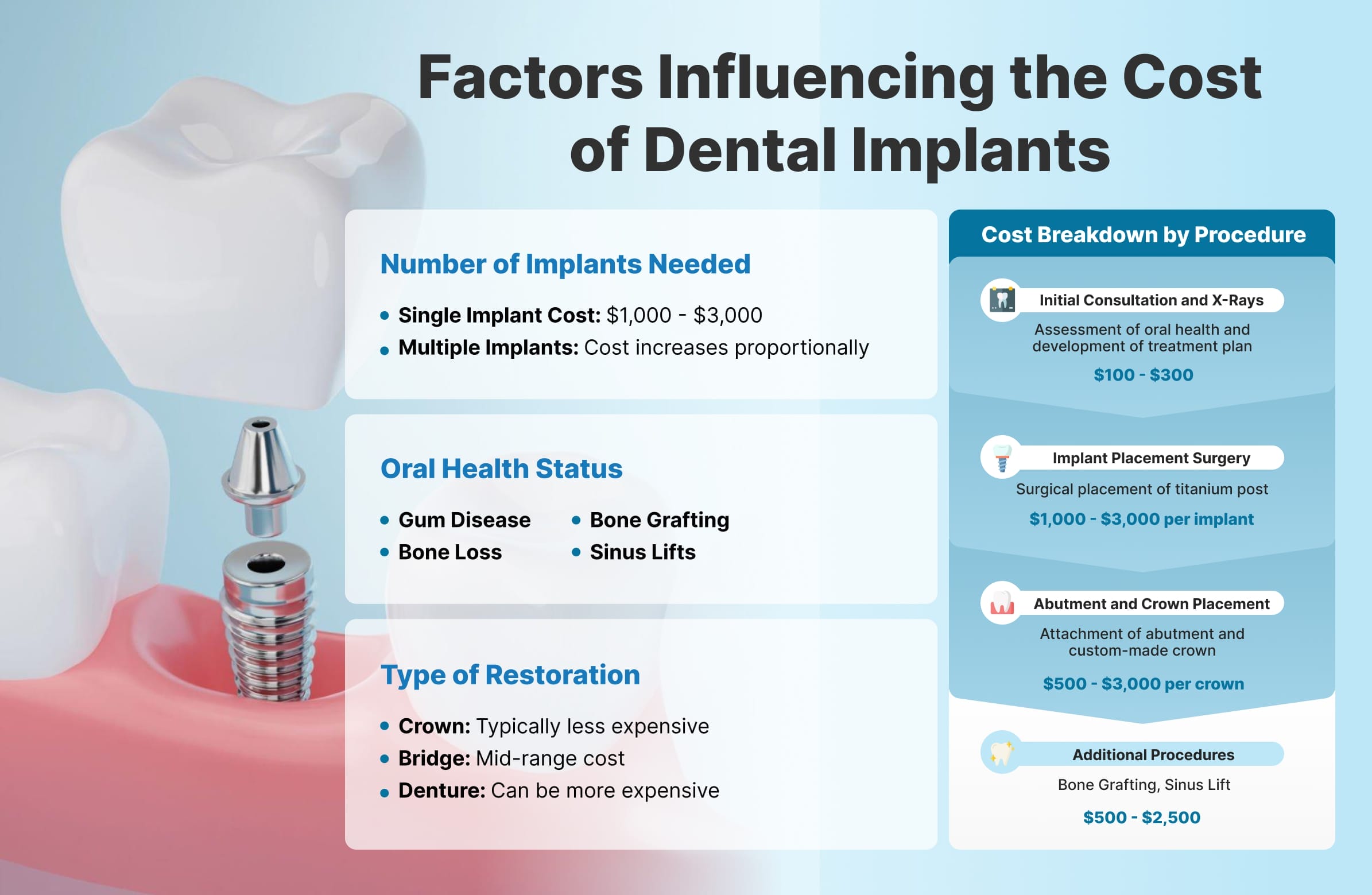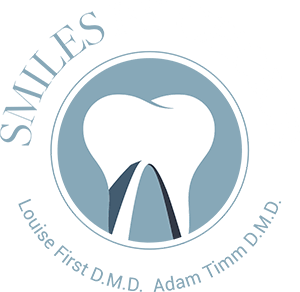Watching those first teeth emerge brings both joy and questions for many parents. When should dental visits begin? What actually happens at that first appointment? Many parents feel uncertain about navigating this new milestone.
This guide breaks down everything you need to know to make your child’s introduction to dental care a positive experience for everyone involved, including tips to help your child feel comfortable at the dentist.
Before the Visit
The American Academy of Pediatric Dentistry recommends scheduling your child’s first dental visit by their first birthday or within six months after their first tooth appears. These early visits establish good dental care habits and help prevent future problems.
First appointments typically last 30-45 minutes and focus primarily on education and getting comfortable with the dental environment rather than extensive treatment.
How to Talk to Your Child About the Dentist
How you prepare your child mentally can significantly impact their dental experience.
Use positive, simple language. Avoid potentially frightening words such as “hurt,” “pain,” or “drill,” even when explaining what won’t happen.
Consider reading children’s books about dental visits or playing pretend dentist at home. Many families find that watching child-friendly videos about dental visits helps children know what to expect. When discussing the appointment, mention the engaging aspects—colorful rooms, friendly staff, and perhaps a small prize after the visit.
Remember that children often mirror their parents’ attitudes toward dental visits, so maintaining a positive outlook helps your child feel more confident.
What to Bring
Come prepared with your dental insurance information and your child’s medical history, including medications, allergies, health conditions, and habits like thumb-sucking or pacifier use.
Bring a list of any questions about your child’s oral development. A comfort item like a favorite toy or blanket can help your child feel secure during the appointment.
For younger children, pack essentials like diapers, wipes, and a change of clothes. A small snack and drink after the appointment might be helpful (though avoid sugary treats).
Arriving 10-15 minutes early gives you time to complete paperwork and allows your child to become familiar with the new environment at a comfortable pace.
During the Visit
Your child’s first dental visit is to help your child feel comfortable with your dentist. The first dental visit is recommended by 12 months of age or within 6 months of the first tooth coming in. The first visit often lasts 30 to 45 minutes.
Meet-and-Greet with the Pediatric Dentist
The pediatric dentist will kindly introduce themselves and build a rapport with your child, using child-friendly language to help them feel at ease. This initial interaction sets the foundation for a positive dental experience.
Gentle First Examination
Depending on your child’s age, the visit may include a full exam of the teeth, jaws, bite, gums, and oral tissues to check growth and development. The dentist will count teeth, examine the mouth for any early signs of problems, and check for proper development. This gives the dentist a baseline for future visits and helps identify any immediate concerns.
Simple Cleaning (If Needed)
If needed, your child may also have a gentle teeth cleaning. This includes polishing teeth and removing any plaque, tartar, and stains. For very young children with few teeth, this might be a brief procedure, while older children might experience something closer to standard cleaning.
X-Rays (Typically Not Done During First Visit Unless Needed)
Baby teeth fall out, so X-rays aren’t often done. But your child’s dentist may recommend X-rays to diagnose decay, depending on your child’s age. X-rays are also used to see if the root of a jammed baby tooth may be affecting an adult tooth. In general, it is best that young children not have dental X-rays unless absolutely needed.
Protecting Your Young One’s Teeth at Home
Establishing good dental habits early is vital for your child’s long-term oral health. Even before teeth emerge, gently wipe your baby’s gums with a soft, damp cloth after feedings to remove bacteria.
- Once teeth appear, brush twice daily using a rice-sized smear of fluoride toothpaste for children under three and a pea-sized amount for ages 3-6. Choose a soft-bristled toothbrush specifically designed for your child’s age.
- Limit sugary drinks and snacks, especially between meals. When possible, serve sweets with meals rather than as separate snacks, as increased saliva production during meals helps neutralize acids.
- Avoid putting your baby to bed with a bottle containing anything other than water. Milk, formula, and juice contain sugars that can lead to “baby bottle tooth decay” when they remain on teeth overnight.
- Begin flossing when tooth surfaces touch each other, typically by age 2-3. Child-friendly flossers can make this process easier.
- Replace sippy cups with regular cups around 12 months of age. Extended sippy cup use can affect dental development and increase exposure to sugary liquids.
- Be mindful of medications that may contain sugar or cause dry mouth, which increases cavity risk. Always rinse with water after medication.
- Schedule regular dental check-ups every six months after the first visit or as recommended by your pediatric dentist based on your child’s specific needs.
- Remember that your example matters—when children see parents prioritizing oral hygiene, they’re more likely to develop positive dental habits themselves.
Bright Smiles Begin with Brave First Steps
Your child’s first dental visit marks the beginning of a lifelong journey toward optimal oral health. By preparing properly, knowing what to expect, and establishing good habits at home, you’re setting your little one up for a lifetime of healthy smiles.
Remember that positive early experiences with dental care can help prevent anxiety and encourage regular dental visits well into adulthood.






